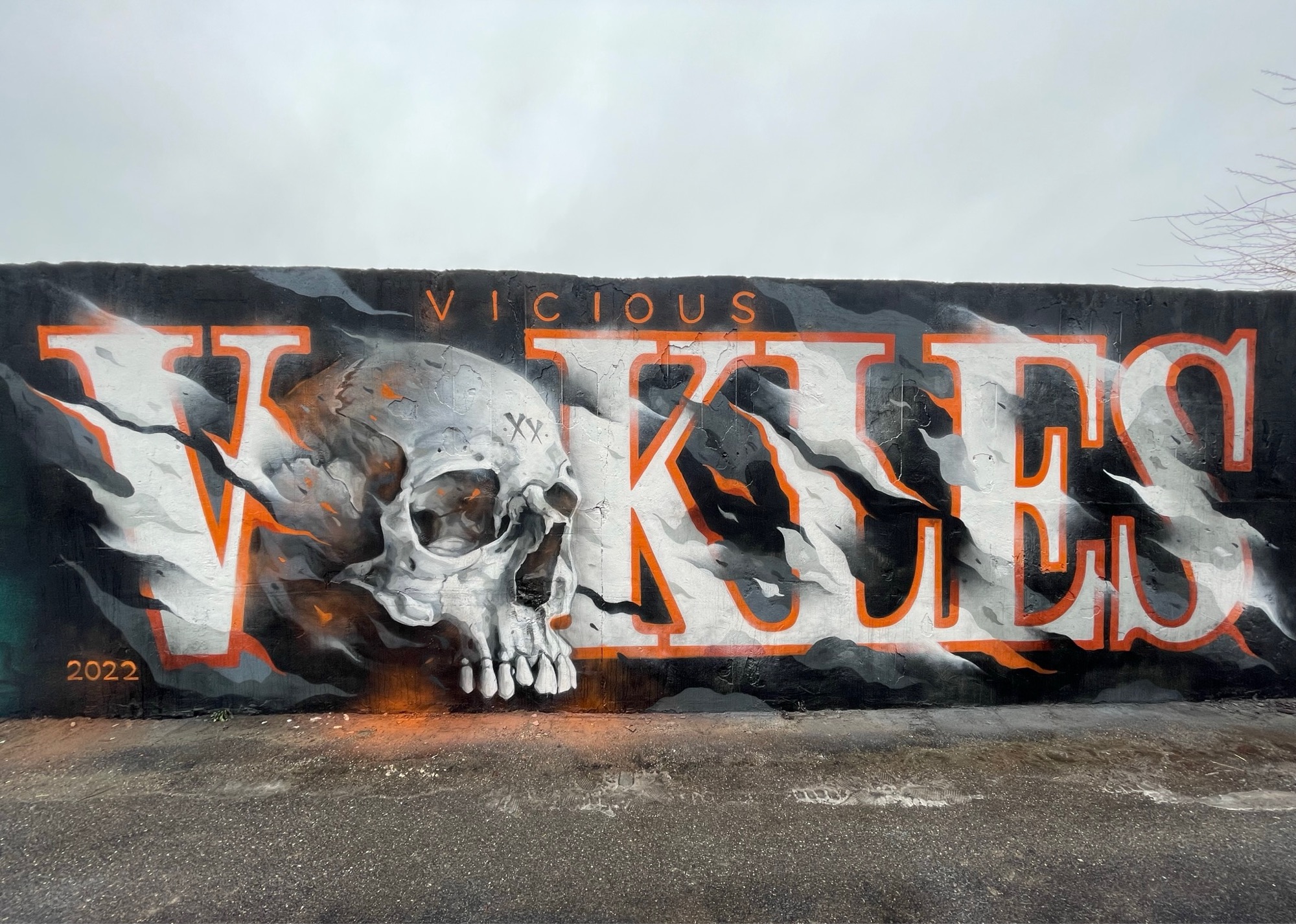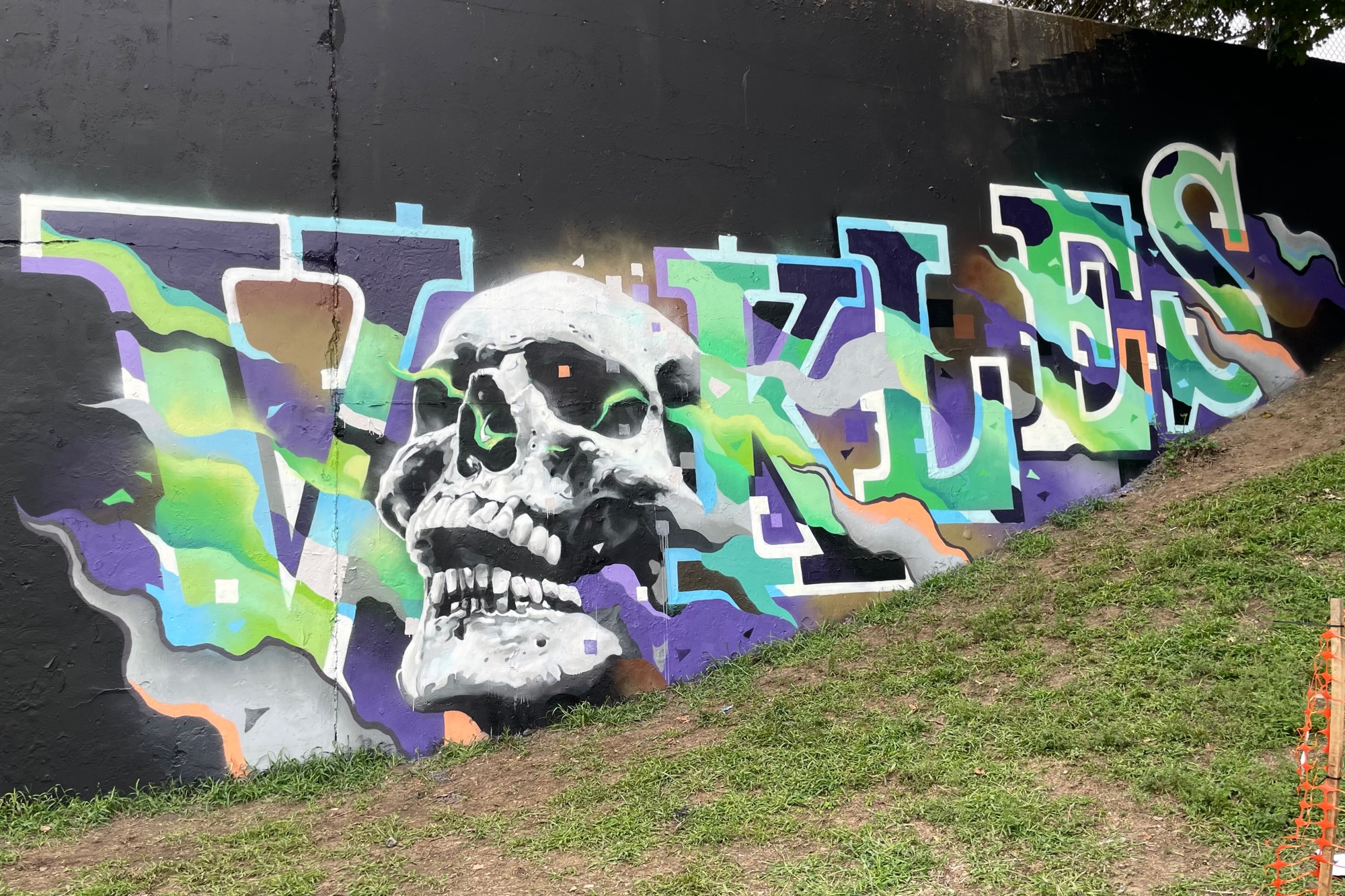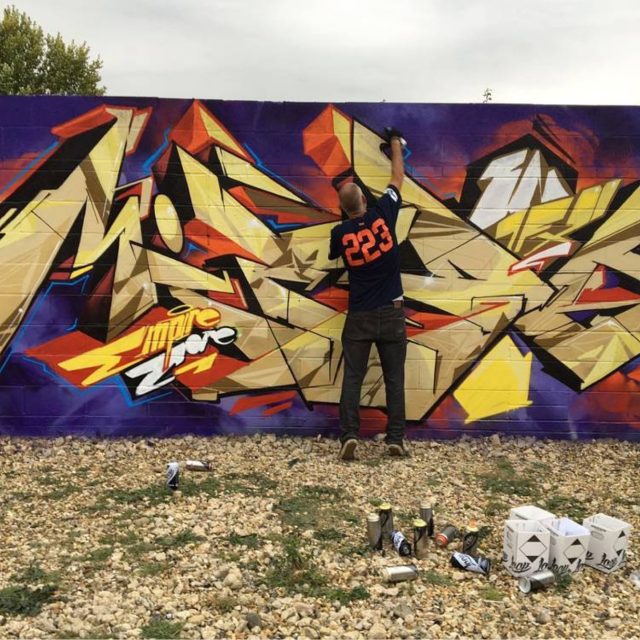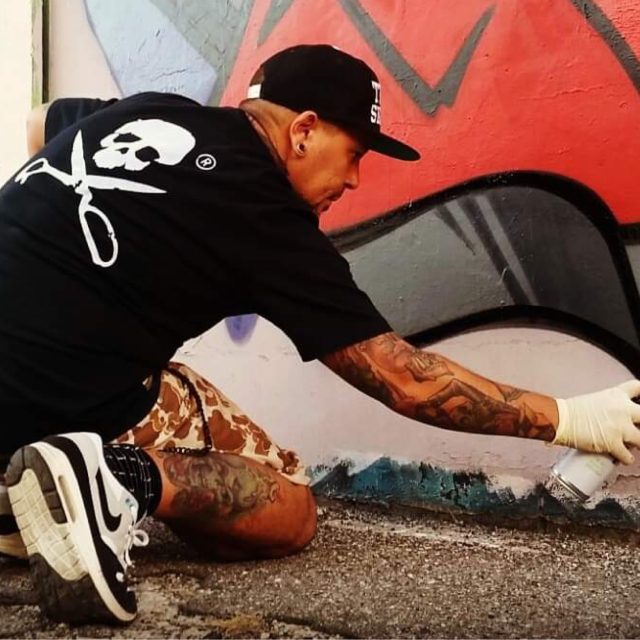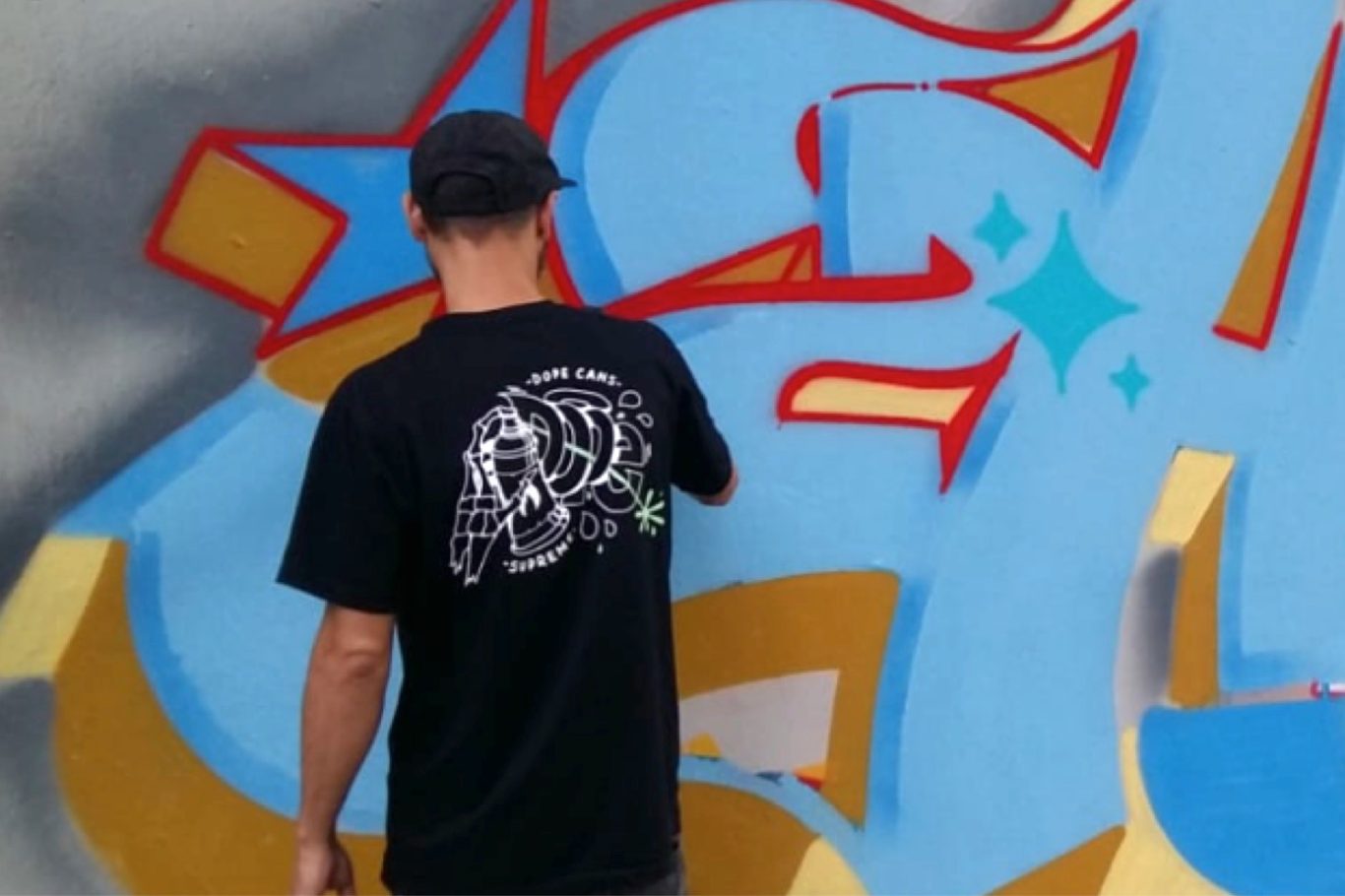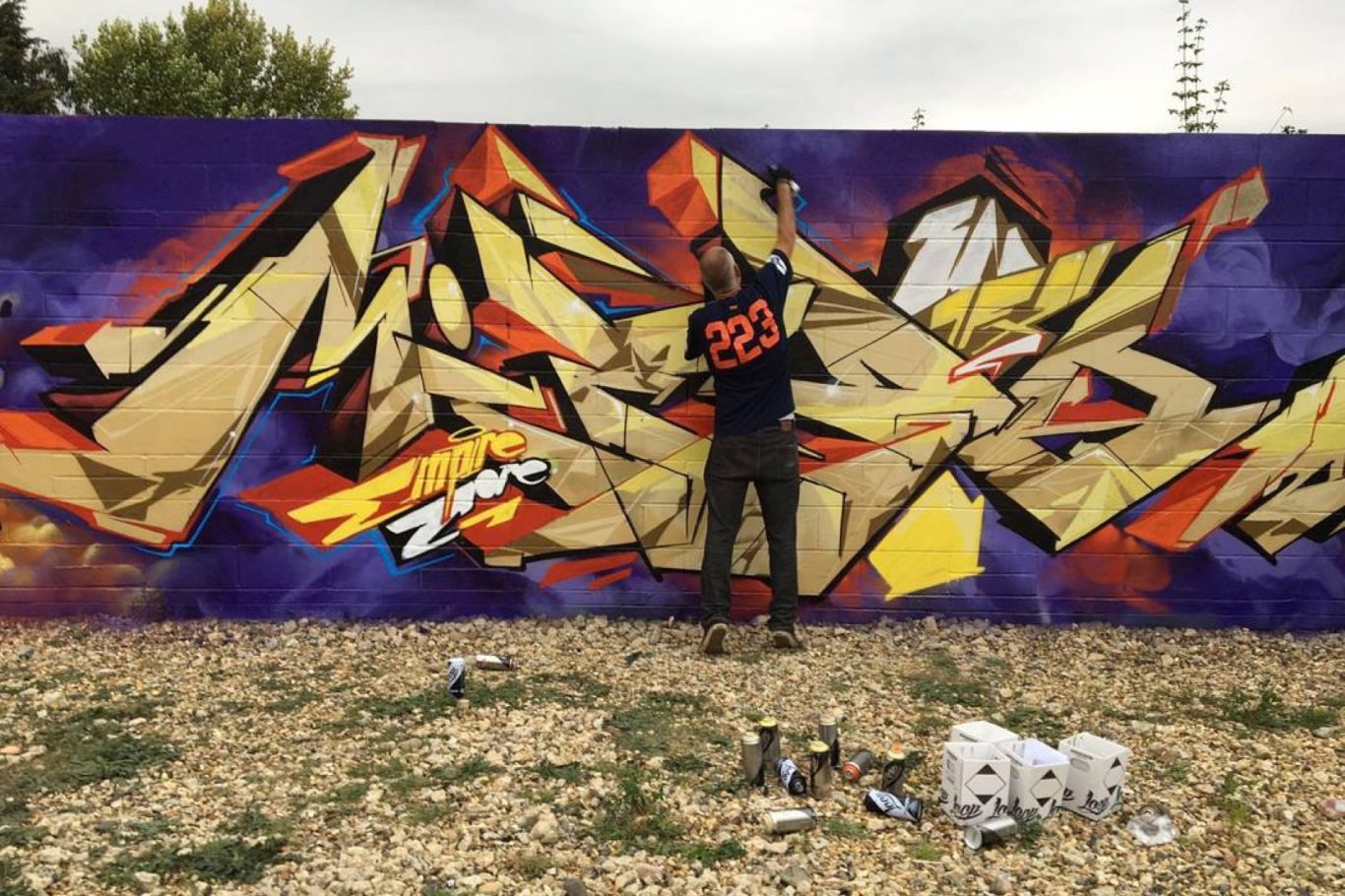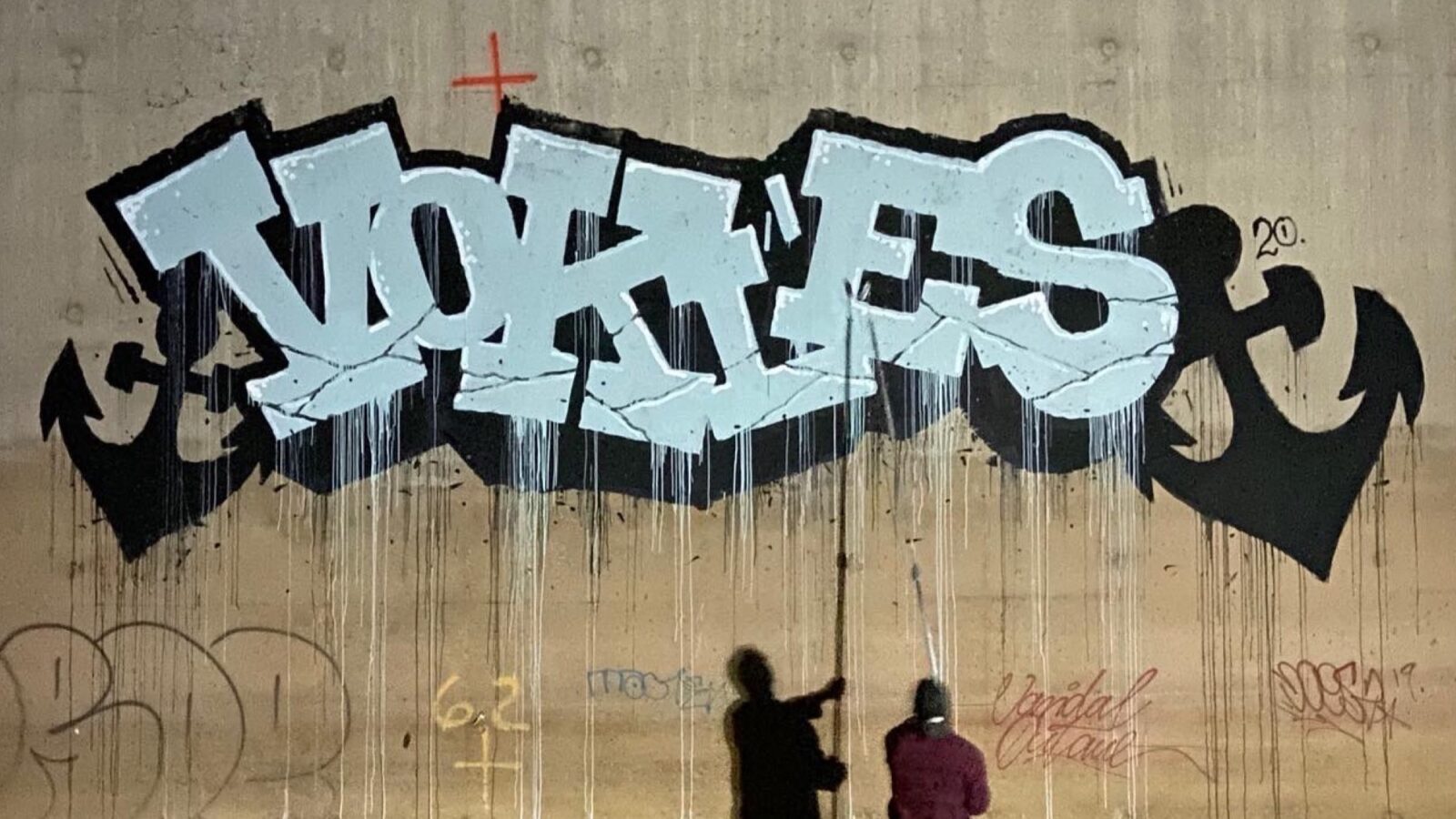
Vokles: «Graffiti is an outspoken sport»
Graffiti writer dello stato americano del New England, Vokles approccia la cultura dei graffiti provenendo dalla scena musicale Hardcore Punk. Ciò ha ispirato la mentalità che lo contraddistingue e l’attitudine ribelle ed esplicita del suo writing. Le superfici che preferisce sono principalmente treni merce e muri.
Hi Vokles. Thank you for your availability. First of all we would like to ask you where exactly you are from and what is the graffiti scene like in your area?
Of course, thank you guys. From New England in the United States. The graffiti scene in my area is quite active. Combination of seasoned writers and up and comers.
When and why did you start picking up spray cans in the beginning? Is there anyone in particular who introduced you to this culture?
I started painting graffiti after being exposed to the culture in my teenage years. Nobody in particular introduced me directly to the scene but I grew up in the hardcore punk crowd which is commonly associated with graffiti. I started using spray cans around 16 or 18 years old. My first exposure to seeing a spray can in action was watching my dad paint model toy cars in the basement. I picked up a spray can because it was an exciting and unfamiliar tool to me.
Are you part of any crew and how did you become part of them?
I’m not a huge promoter of crews but I do represent a freight painting crew known as 2X.
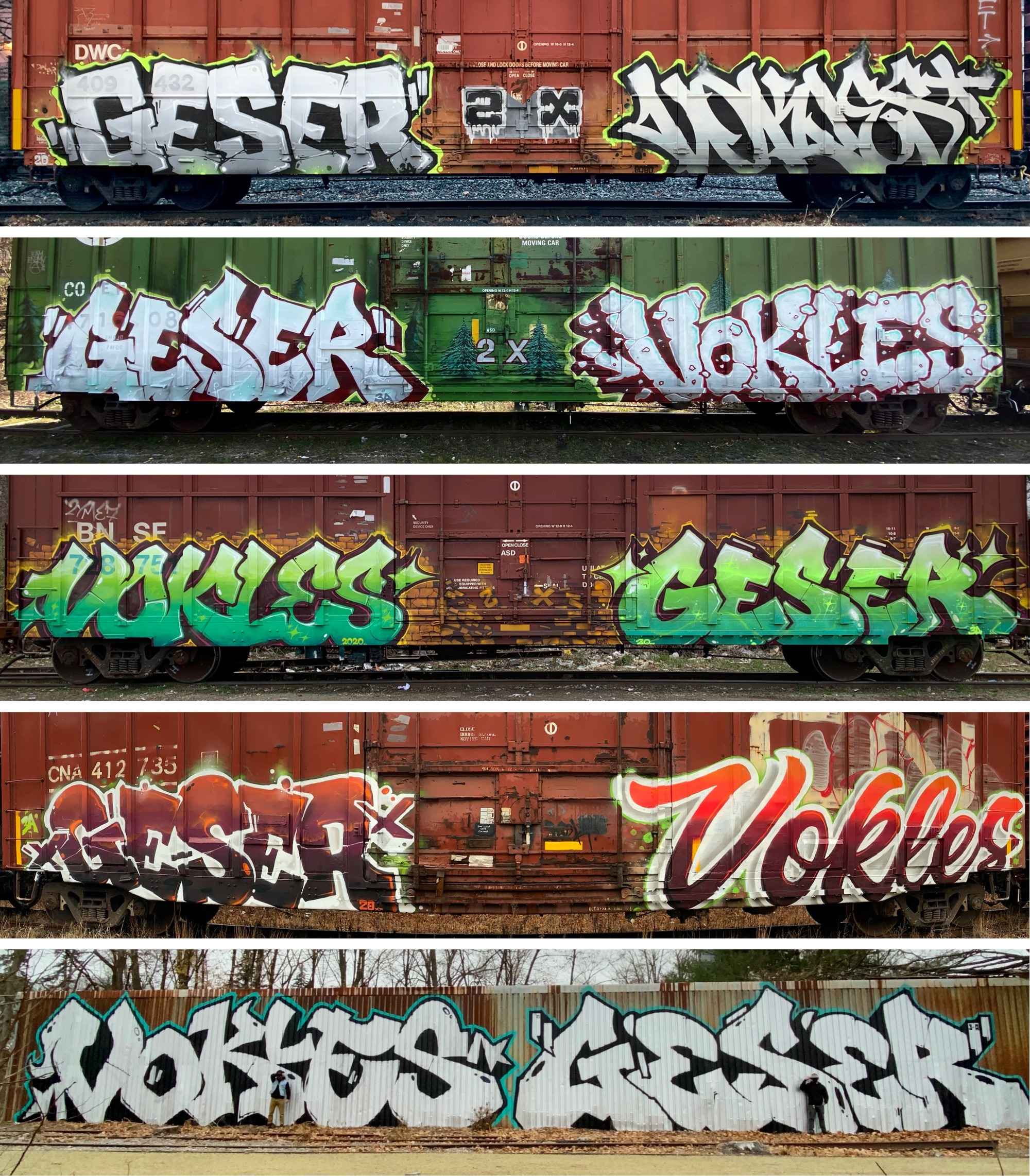
Where does your name come from?
My name comes from graffiti being an outspoken sport. Writers are tagging their names in as many places as possible basically screaming for attention. A “look at me” mentality. I’m also involved in the hardcore/punk music scene known for its outspoken lyrical content.
How would you define your style? What are the artists who have influenced you the most in your graffiti career?
Typography is probably the largest influence on my style. I’m not striving for consistency. Lots of different influences are reflected in my work. Barry Mcgee, David Choe and Basquiat were a few of the influences on me in the early years. I grew up seeing lots of great writers’ pieces as well.
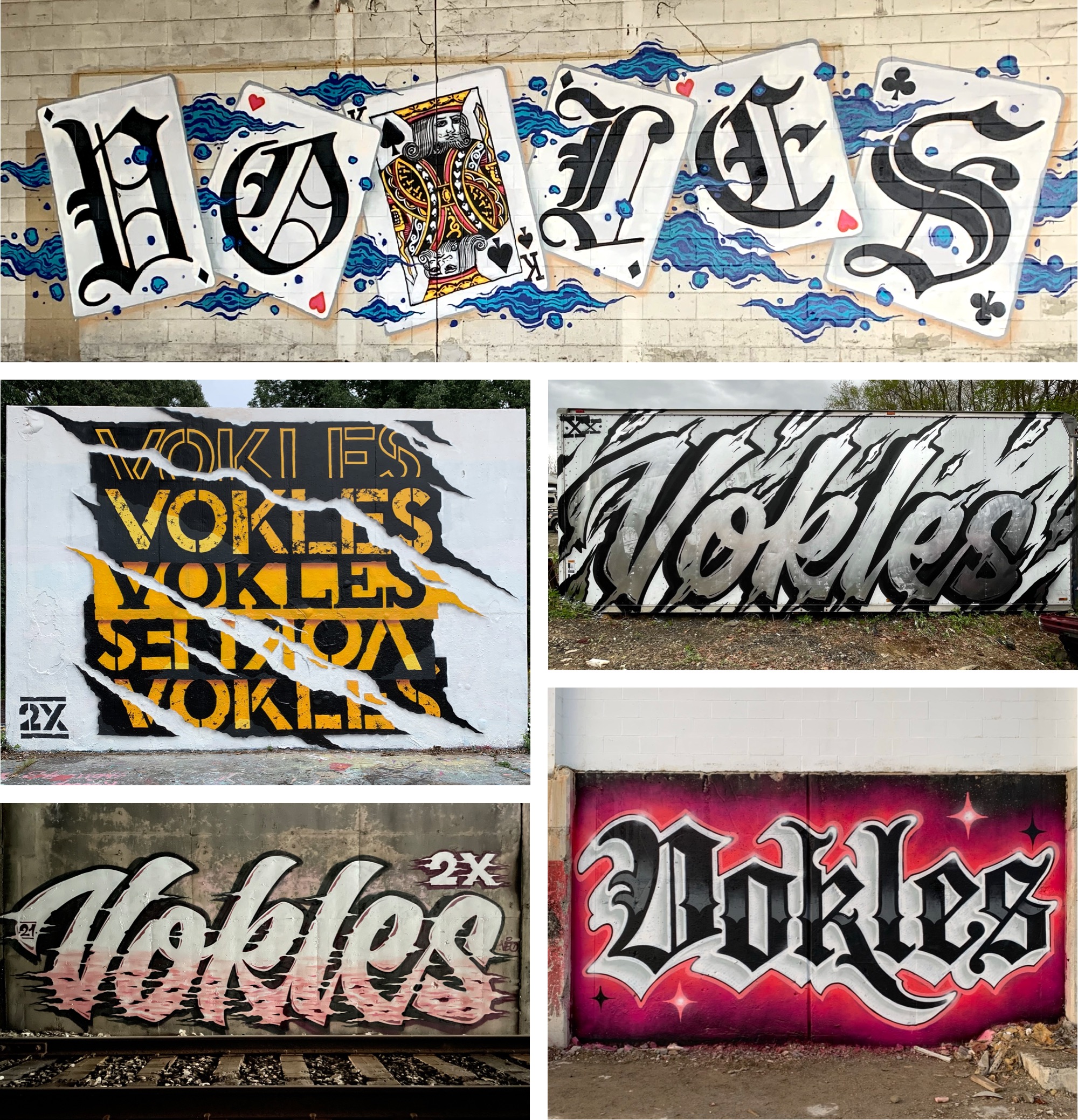
Often you depict an anchor in your pieces, why? What does it represent?
The anchor I occasionally incorporate into my work represents a firm foundation of beliefs that were impressed upon me at a young age. Strength, resilience, and determination are a few words that the anchors represent.
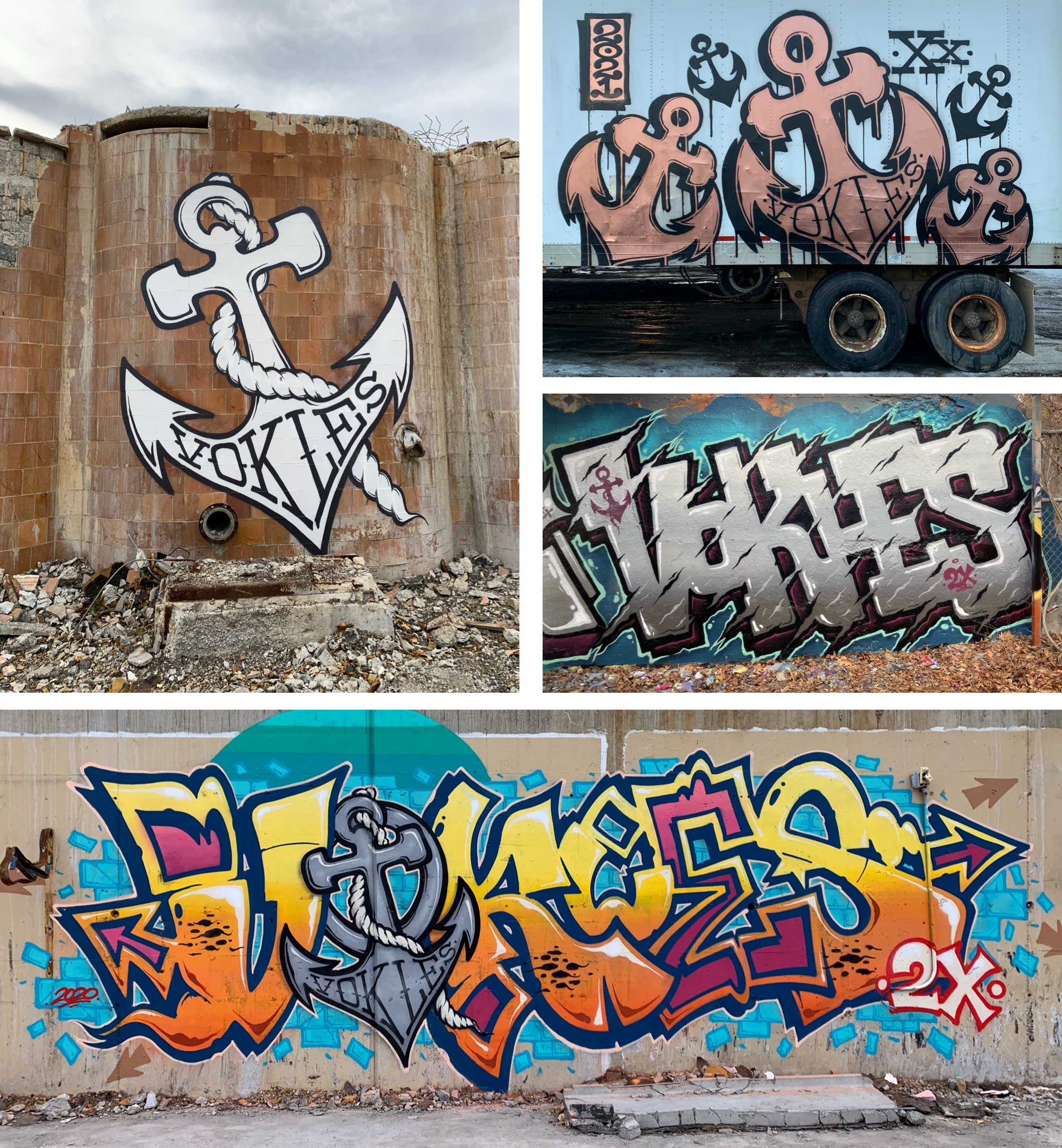
How’’s the train-graffiti scene there? Often you see many painted freight trains but few normal trains. Why? And what is your approach when you go to paint on trains, usually?
The freight painting scene near me is alive and well. Freight is preferred opposed to transit around here. Freight panels have a longer life span and travel much further distances than transit. My approach is legibility when painting steel.
Do you like to experiment with other supports and techniques besides walls and trains? Which ones?
I enjoy painting on a variety of surfaces but walls and trains are most preferred.
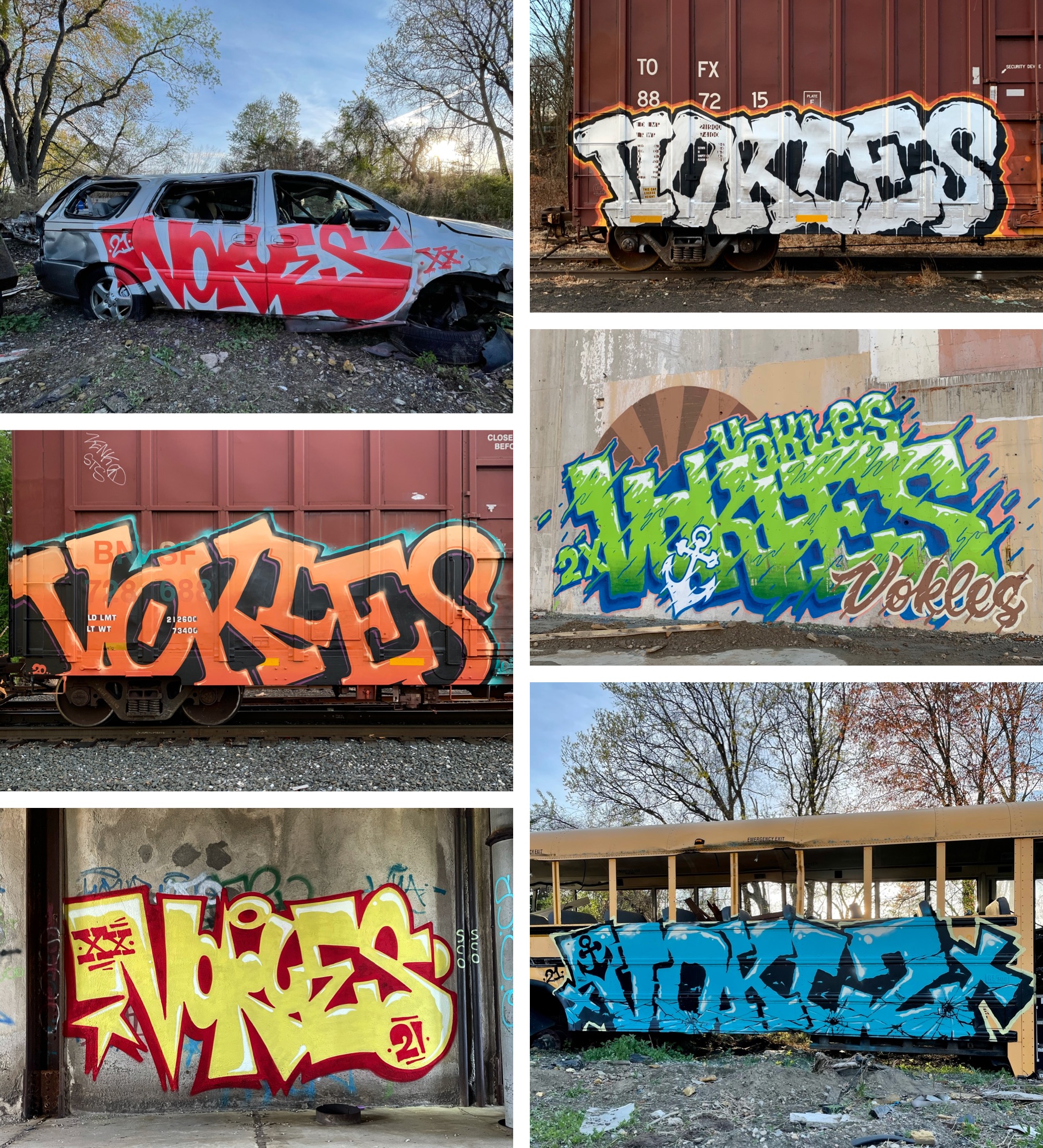
What does this art and culture represent for you? In short, what pushes you more than anything else to do graffiti?
The graffiti culture represents an escape from reality, free speech, and rebellion but also an entire group of friends tightly knit together. Brotherhood. What pushes me the most is the fact that there are no rules in graffiti except for the one’s that the culture itself places upon it.
What are your main aspirations and goals among this culture?
My main aspirations are to travel more and to paint in other countries.
